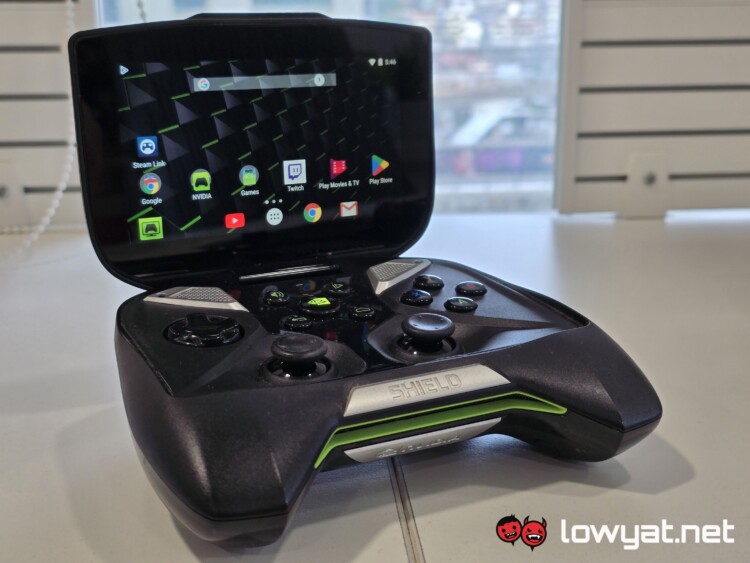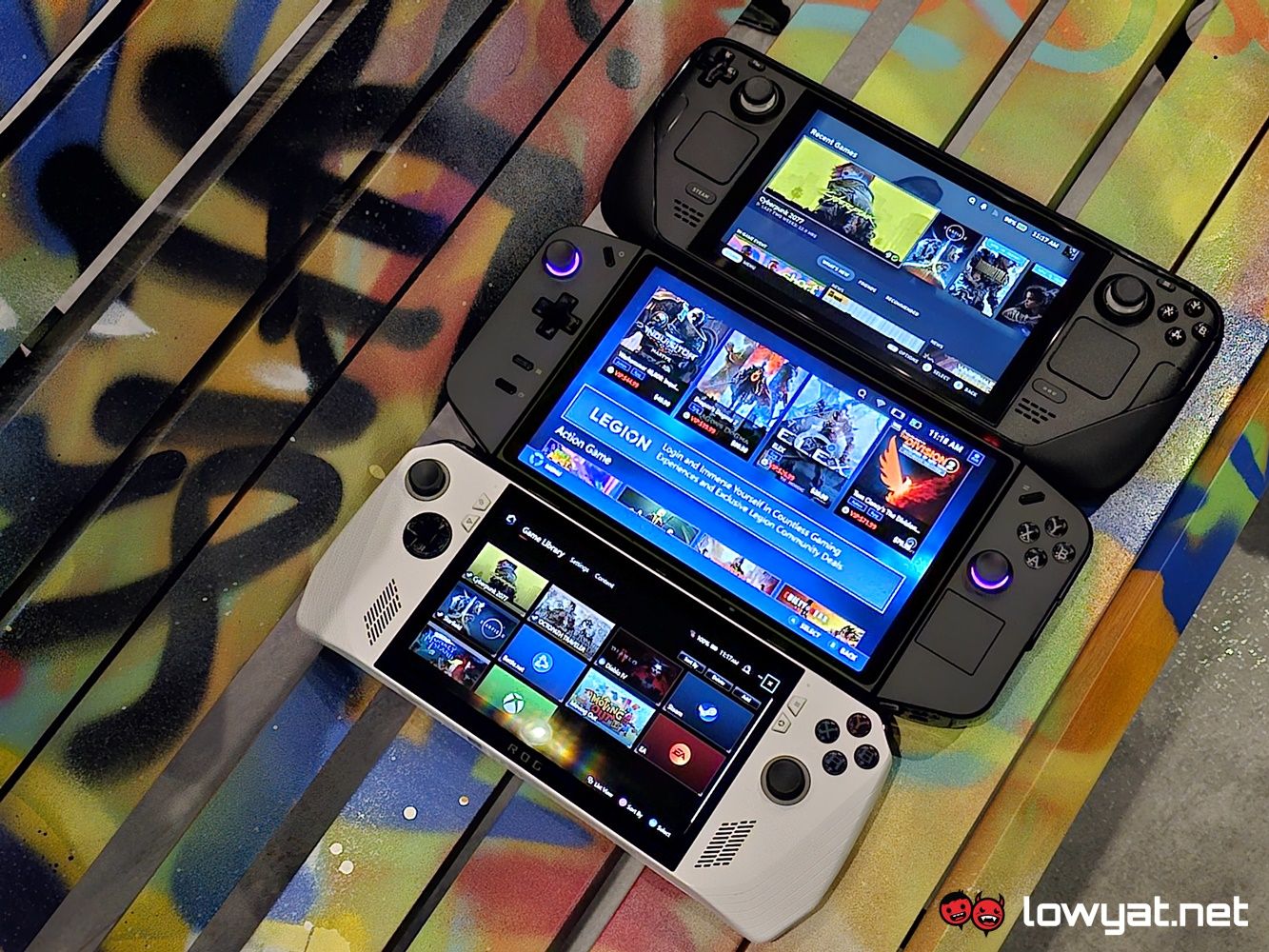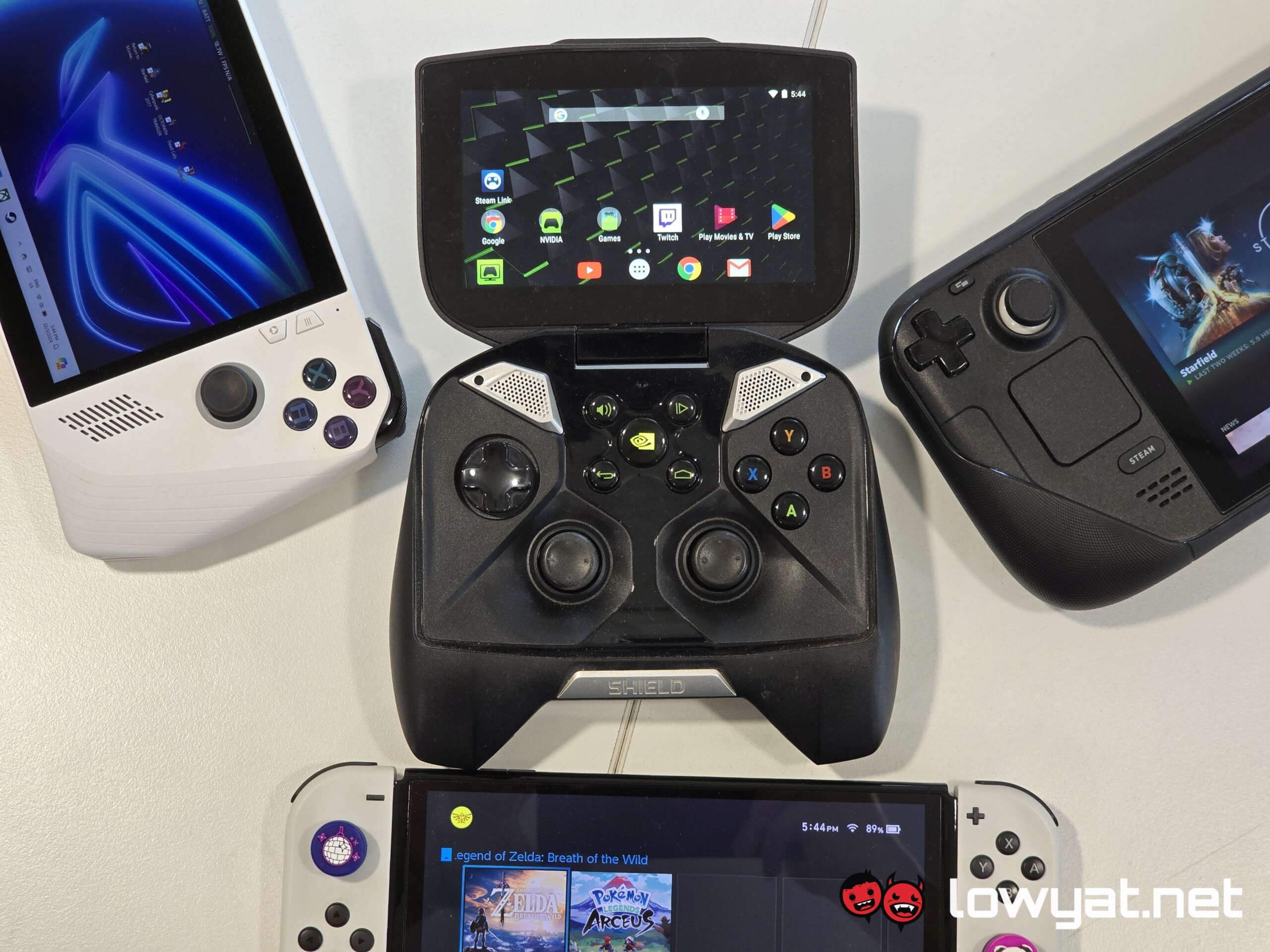In 2013, NVIDIA introduced the Shield Portable, its first-ever gaming handheld console to be powered by a Tegra 4 SoC. It wasn’t widely available to the world, saw limited distribution, and despite being constantly out of stock, its parent company quietly halted production of the portable device years later, along with the Shield Tablet, a successor that was released in 2014.
Now, more than a decade later, the gaming handheld market is spoilt for choice, and with major and not-so-famous brands trying to show the world their take on what a portable PC-gaming console should look, feel, and perform like. I can’t think of a better time for NVIDIA to make a comeback into the space, and with a vengeance, no less. So, here are a couple or so reasons why I’m thinking the brand should get back on the bandwagon.
(One Of) The Futures Looks Handheld
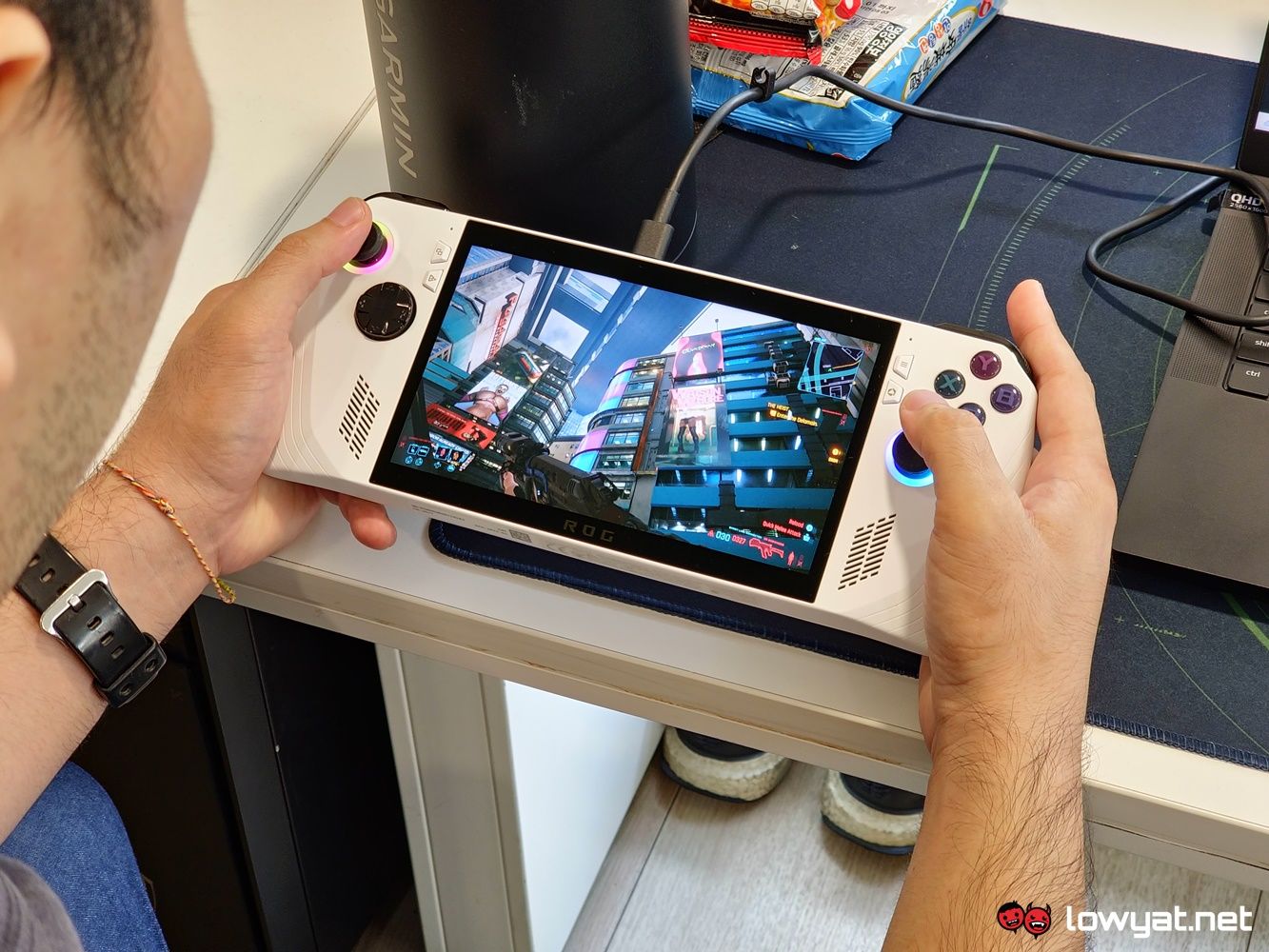
As I stated, there is an abundance of gaming handhelds that have flooded the market ever since the Steam Deck launched back in 2022. Conservatively, you’ve got the ASUS ROG Ally and Lenovo Legion Go taking on the role of the powerhouse, both of which are powered by AMD’s Ryzen Z1 chipset. There is also the Intel Core Ultra-powered MSI CLAW if you’re looking to try something different. A review of that console is coming, by the way, so stay tuned.
At this point, you’re probably asking “But John, what about the Nintendo Switch? Didn’t that launch before the Deck?” The answer is yes. Yes, it did. But the one thing you absolutely need to remember is that the Switch, while technically a handheld, came into the market as a competitor to the “traditional” consoles, the PlayStation and Xbox. And if you didn’t know, it’s powered by the NVIDIA Tegra X1, a chipset that was originally created for the GPU brand’s automotive endeavours in 2015.
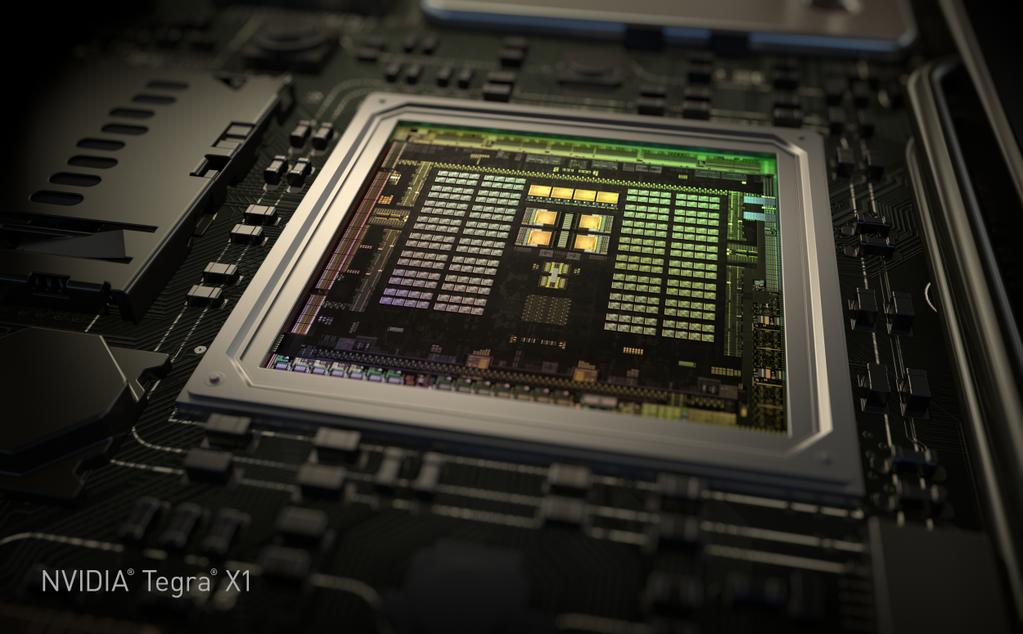
But that alone doesn’t justify the argument that NVIDIA never technically left the gaming handheld console market. Again, it loaned out its chip to Nintendo. It didn’t have a hand or say in the design of the Switch. Needless to say, it’s getting on in age and let’s be real here: it’s not going to be able to handle the demands and clouts that PC games demands, especially if you’re a pixel peeper.
That slides us gently into another issue and reason as to why NVIDIA needs to jump back in…
The Silicon River Runs Red
Ever since it launched the Ryzen 4000 Series, AMD’s chips have proven their mettle in the gaming handheld segment of portable PC gaming, even more so with its Ryzen Z1 Series. Perhaps this may be misconstrued as bias but you don’t even have to look beyond the ROG Ally and the Legion Go to see just how far wide-reaching its dominance is. And following right up its arse is none other than everyone’s favourite blue chipmaker, Intel.
At this stage, NVIDIA has two choices: Jump back on to the bandwagon with the creation of an all-new, console-centric and specific chipset, or tap into its already vast pool of currently existing chipsets that it made primarily for its self-driving and driving-assist programs for the automotive industry. After all, it wouldn’t be the first time it would so. As I mentioned in the previous section, the Tegra X1 itself was originally designed for dashboards and machine learning in cars, in order for the GPU maker to better train their machines in developing advanced autonomous driving capabilities.
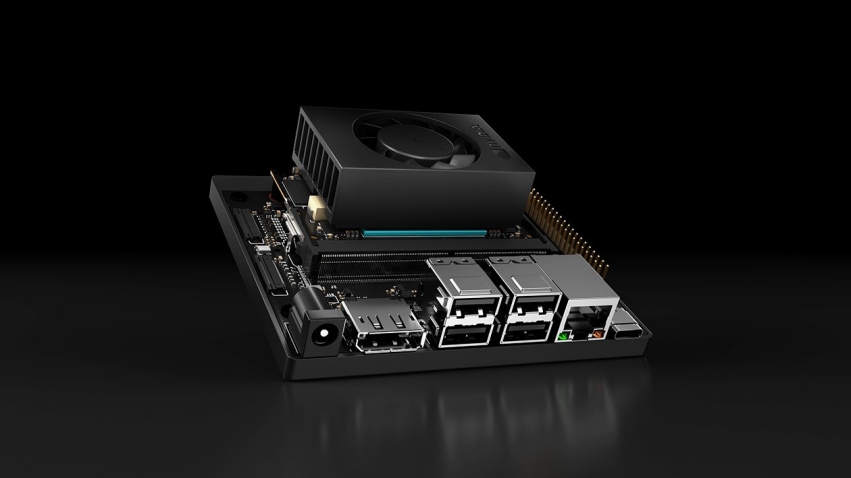
And if we’re going down that route, one potential candidate is NVIDIA’s Orin chipset. It’s one of the brand’s most modern chipset to date, based on the same Ampere architecture that we know and loved through the GeForce RTX 30 Series. Specs-wise, we’re looking at 12 Cortex-A78A CPUs embedded into it, along with an integrated GPU that 167 TOPS INT8 and 5.2 TOPS FP32 calculations. More importantly, it could give NVIDIA the edge in its ray-tracing and DLSS capabilities, given that it also has Deep Learning Accelerators. The point is, I’m sure it’ll be able to take the chipset and drastically reduce its size, so much so that it fits conveniently into a gaming handheld shell and…yeah, you get where I’m going with this.
There is also NVIDIA’s cloud streaming service, GeForce NOW, which is another great gaming-on-the-go solution but isn’t quite as accessible to us Malaysians, given its exclusivity to that one telco. Yet another point towards the argument of why the GPU brand should get back into the game.
A New Console War
As I said, this “console” war is just one of many futures that NVIDIA should really take advantage of, given the market’s ongoing renaissance. Like everything else in life, the gaming landscape is ever-changing and if nothing else, it would make up for the lack of NVIDIA-based hardware. Also, considering its history with both the Shield handheld and tablet, it’s safe to say it knows how to cover its bases.
To be clear, this isn’t me saying that gaming handheld consoles are going to replace what I describe the traditional representation of the current set of consoles, nor would it ever serve as a permanent replacement for true PC gaming. And that is to say nothing about the shaky future of the Microsoft Xbox console.
But that being said, it is a little hard to deny both the allure and fact that the idea, the continued existence of gaming handhelds are very slowly becoming more mainstream and more to the point, they’re coming into a class of their own. While NVIDIA has some catching up to do in this avenue, I do not doubt that it would be able to hold its own. Even as I sit here writing this, there are already reports suggesting that the company isn’t sitting down and twiddling its thumbs.

